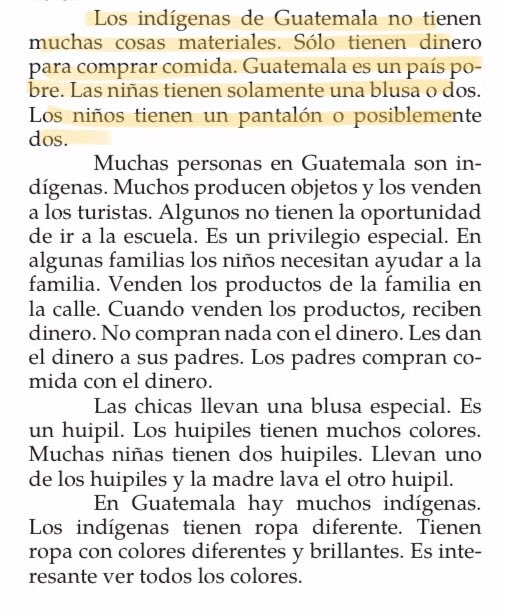I'm going to reopen it here for visibility and further discussion. A 🧵 on equity within CI.
But is it really inherently more equitable?
What do you notice?

I find messages that CI is *inherently* equitable or culturally sustaining dangerous as they might lead Ts to accept current practices w/o critical examination
-Who is the intended audience?
-Was the resource intended to entertain, inform or persuade?
-In what settings and ways could monolingual, bilingual, and multilingual users of the language use this resource?
-Who is the author/creator?
-Who is the intended audience?
-What cultural products, practices, and perspectives are found within the work? Are they accurate? What criteria am I using to determine accuracy?
....
-How is this work received by the community the work portrays?











